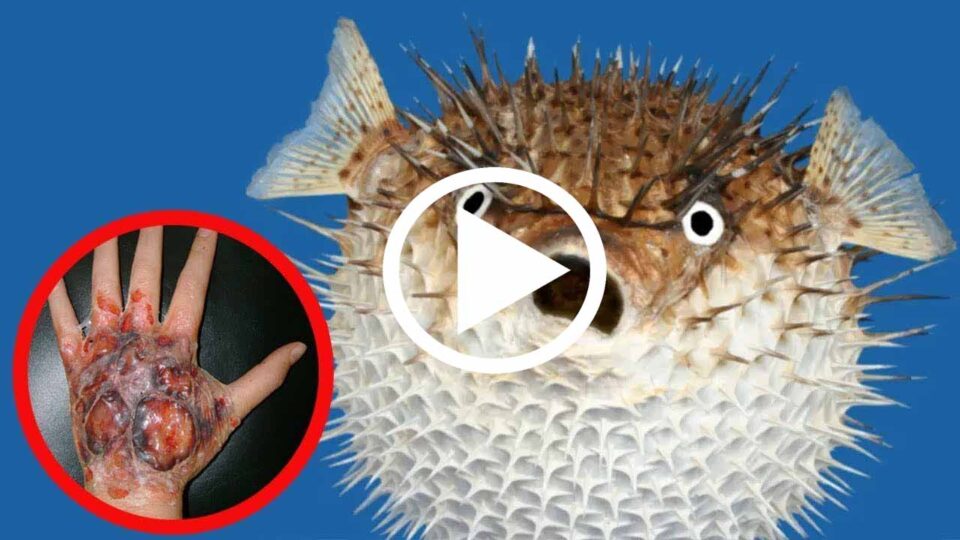Certain animals on our planet can inflict such a potent sting and inject their victims with poisons strong enough to even kill humans.
THE GILA MONSTER In the southwestern United States and northwestern Mexico, the Gila monster is one of the few venomous lizards in the world.
The Gila monster has a very strong, painful grip when it bites, but rarely causes death in humans.
At a length of up to two feet and a maximum weight exceeding five pounds, the venomous Gila monster is the largest lizard native to the United States.
Easily identified by their black bodies marked with dramatic patterns of pink, orange, or yellow, Gilas is found in the Mojave, Sonoran, and Chihuahua deserts of the southwestern U.S. and northwestern Mexico.
They take their name from Arizona’s Gila River basin, where they were first discovered. The Gila monster is one of only a handful of venomous lizards in the world. Its venom is a fairly mild neurotoxin.
And though a Gila bite is extremely painful, none has resulted in a reported human death. Unlike snakes, which inject venom, Gilas latch onto victims and chew to allow neurotoxins to move through grooves in their teeth and into the open wound.
Gilas are lethargic creatures that feed primarily on eggs raided by nests and newborn mammals.
They may spend more than 95 percent of their lives in underground burrows, emerging only to feed and occasionally to bask in the desert sun. They can store fat in their oversized tails and are able to go months between meals.
Gila populations are shrinking due primarily to human encroachment, and they are considered a threatened species DUCK-BILLED PLATYPUS The platypus is a duck-billed, beaver-tailed, otter-footed, egg-laying aquatic creature native to Australia.
If its appearance alone somehow fails to impress, the male of the species is also one of the world’s few venomous mammals! Equipped with sharp stingers on the heels of its hind feet, the male platypus can deliver a strong toxic blow to any approaching foe.
While the platypus generally inhabits freshwater rivers, wetlands, and billabongs Down Under, it is also known to venture into brackish estuaries. The platypus is a bottom-feeder that uses its beaver-like tail to steer and its webbed feet to propel itself through the water while hunting for insects, shellfish, and worms.
The watertight nostrils on its bill remain sealed so that the animal can stay submerged for up to two minutes as it forages for food. The bill also comes equipped with specialized nerve endings, called electroreceptors, which detect tiny electrical currents generated by the muscular contractions of prey.
It has no teeth, so the platypus stores its “catch” in its cheek pouches, returns to the surface, mashes up its meal with the help of gravel bits hoovered up en route, then swallows it all down.


